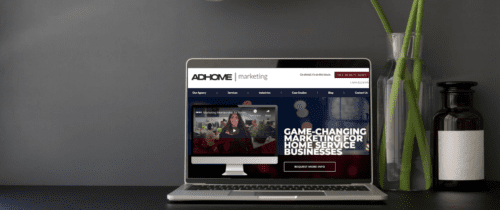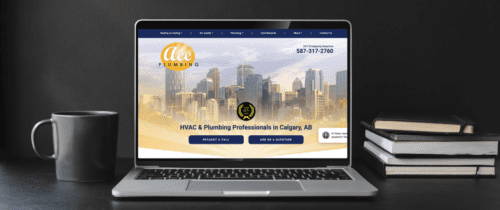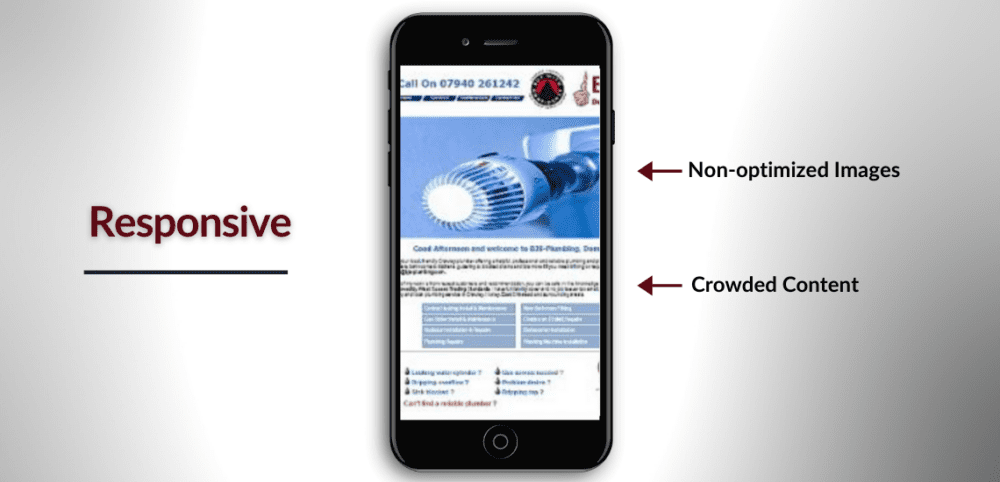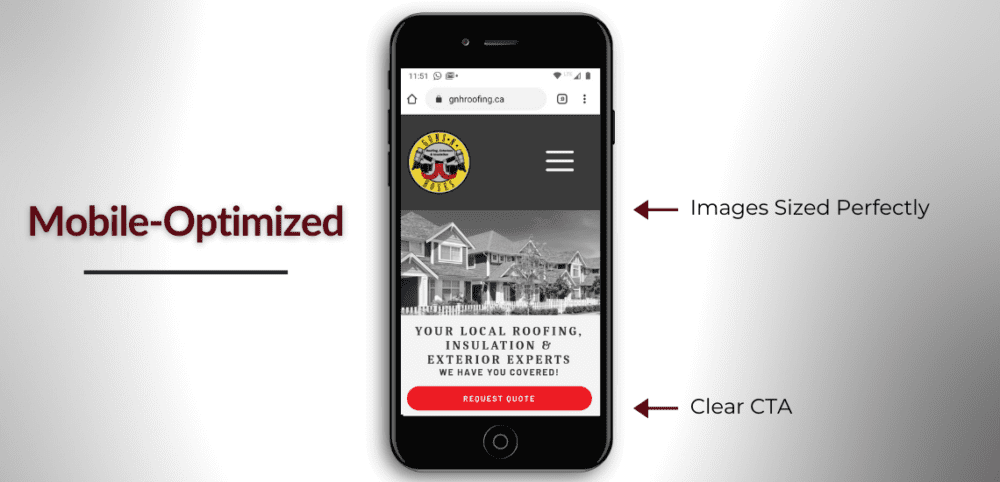Your website needs to be built strategically to rank on Google. Search engine marketing (SEM) is pivotal for the success of your home service business. When people need home services, the first place they look is Google.
40% of home service clients who call from search make a purchase. That’s no coincidence; When people search for home services, they’re looking for an immediate quote. Having a website that doesn’t have the right pages or enough information means losing the kind of leads you’re looking for. However, with a little renovation to your website, you can ensure that not only are you ranking on Google, but consistently converting leads to clients.
Pages to Include
People searching for your services are looking for quick, straightforward, and detailed information. You need to give clients enough information to trust you. Clients need to quickly decide if they want to book a job with your company or one of your competitors.
When it comes to the pages you include, don’t reinvent the wheel. Follow the industry standard. That way, when users come to your website, they will instinctively know where to find what they need. A typical home service website will have between 15-20 pages. Anything less than 10 pages and your website won’t fully encompass your business.
The pages you see on home service websites tend to fall into 3 buckets: Your home page, Informational pages, and sales pages. All these pages work together to ensure you’re converting leads into sales.
Home Page
It might seem like a no brainer to include a homepage on your website. But, if your home page isn't directing users where it's supposed to, you might as well not have one. It takes seven seconds for your business to make a long-lasting first impression. People are quick to lose interest; if they don't see everything they need on a home page right away, they will click off.
The goal for your home page is to help the business rank on Google when people are searching for your name and direct traffic to appropriate pages on the site. This means your website needs to capture the searcher's attention and clearly display how to get information for whatever service they're looking for. Fail to meet these criteria, and people will abandon your website to book with your competitor.
We have written an entire article on how you make sure your website will impress from the drop.

Informational Pages
Essentially these are pages that provide information on how to work with your business. Think about the types of questions people tend to ask and make that information extremely clear on your website. Calls about business hours or financing options take precious time from your sales representatives. You can easily avoid those calls by providing clear information on your website.
The goal of these pages is to help increase loyalty with your brand and promote interactions with the users of your website. You are not going to receive a lot of conversions from these pages on their own. However, when written well, it helps increase your conversion rate on your Service Pages.
Each of these should live on its own page:
- Our story
- Promotions
- Careers
- Financing
- Insurance
Sales Pages:
Service pages are your sales pages. We recommend bringing your sales and marketing teams together to plan these pages out. Essentially, it's your first sales pitch for your service. Measuring the conversion rate from each of these pages allows you to determine how well they perform.
All of your core services should have a dedicated page. But, don't try to be Jack of all trades! The pages on your website should only focus on key services you'd like to promote and grow. Otherwise, it can overwhelm users and dilute your expertise. If you’ve installed windows once, you don’t need to include it on your website. If you would like to grow window installations, yes you should include that on its own page.
Name your service pages specifically. Avoid naming service pages “Furnaces”. Instead, use “Furnace Repair” or “Furnace Installation.” Describe precisely what services you offer and create a new page for each service. It will rank better on Google and get more qualified clicks to your website.
As an example, if you are a Roofing Company your pages may look something like this:
- Roofing Replacements
- Residential Flat Roofing
- New Construction
- Roofing Repair
- Sun Tunnels & Skylights
Contact Page:
Typically businesses have a "Contact Us" page. But it must include certain elements, pushing users to make contact.
Ask yourself, how do you want your business to be contacted? Do your Customer Service Reps book jobs more often when someone calls the business as opposed to submitting a form? If the answer is yes, you should place the phone number on your "Contact Us" page above the form.
These pages should provide multiple options for contacting your business, plus your location and business hours. Remember to ensure your name, address, and phone number are listed exactly the same on your contact us page as is shown on Google My Business (and everywhere else online). If they are not exactly the same it could hurt your SEO rankings.

Do Your Research
To get the best possible results from the pages on your website, we recommend taking a bit of time to research what's working within your industry and service area. To start, take a look at what the competition is doing. Determine your top 5 competitors by Googling similar services.
Take a look at the pages they have. Look at each page's content to determine if you want to add or subtract from your pages based on what the competition provides. Now, let's take it a step further and look at some solid data.
You can see which pages are ranking well on each competitor's website using SEMrush. They even offer a free 7-day trial, so it won't cost you a penny. By seeing which pages are performing well for others in your service area, you can apply similar principles to your pages.
Next, it's time to look at your website. You can use Google Analytics to find out which of your pages are getting the most traffic. You can then build up these pages or remove them if they aren't ranking.
Make Your Pages Rich
When we say make your pages rich, we mean rich with information. Users should be able to land on any page and have enough information to move forward with a purchase. This ensures that no matter what page people land on from a search engine, you've provided them with everything they need to understand your business and how you can solve their problem.
What we recommend including on every page:
- Call to action (CTA)
- Reviews
- Testimonials
- Other services
- Location information - Google will prefer that
- Value propositions
- Financing
- Contact information
Follow the Rule of 3
The rule of 3 outlines that nothing on your website should be more than 3 layers deep. To get to any page, the user shouldn’t have to click more than 3 times. After 3 clicks, users are likely to become frustrated and leave your website. So by providing rich pages, the user experience should be comfortable and seamless. Plus, Google won’t index pages if they require too many clicks. Creating rich pages is a win-win for both search engine optimization(SEO) and user experience.
Final Thoughts
Building a user-friendly website that ranks on Google is one of the best investments you can make. It’s important to remember that you are not married to the pages and content on your website. You can change things as your business grows and expands. Put tracking on your website and pay attention to the results. Your website is a living and breathing entity, so it should never stop evolving. Look at what's getting the most traffic and clicks, then give those pages the attention they deserveHow's your website doing? Book a website audit with one of our experts. It’s on the house.









